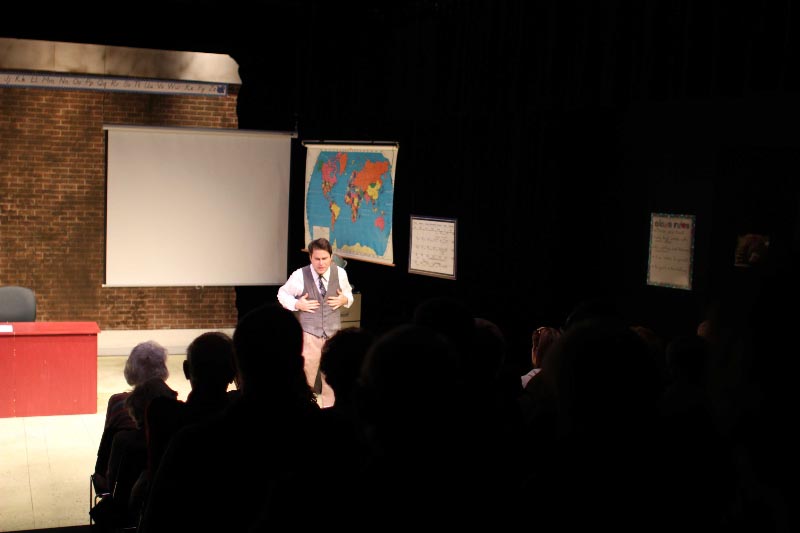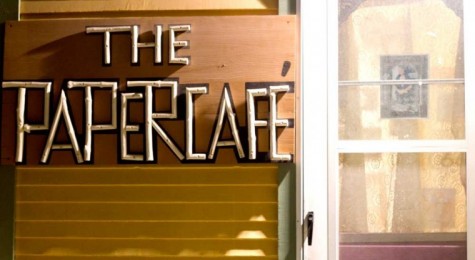Income-producing contracts decrease
The Board of Trustees recently reviewed a list of income-producing contracts from Fiscal Year 2012, which showed a decrease in grants and contracts from FY 11.
Eastern Treasurer Paul McCann said an income-producing contract can be sorted into two categories.
“One is a grant, which produces money for us from the standpoint of being hired by the grantor to do work,” he said. “The other (type) has to do with the various contracts we enter into that give us cash.”
He said an example of that type of contract would be the leasing of space to Subway in the Martin Luther King Jr. University Union.
On the other hand, it may also be a basketball or football contract that provides Eastern money for playing against another school.
“The thing these contracts have in common is that they provide money to the university for whatever reason,” he said.
McCann said the money can be looked at as local funds.
According to the board’s summary comparison, Eastern saw a 17.4 percent decrease in income-producing contracts overall from FY 11 to FY 12.
“The rates do fluctuate from year to year, but what we’re seeing is a decrease in grant money primarily,” he said. “The other contracts had a slight increase, but the grants had a decrease.”
McCann said this figure often depends on the ability of the federal and state governments to distribute money.
“In these last few years, we’ve seen some decrease (in funding),” he said. “Prior to that, we did have a slight increase, but it really has to do with how the government is doing.”
In FY 11, the income-producing contracts’ value totaled more than $10 million, but was slightly more than $8 million for FY 12.
The grants and funding areas of Eastern are constantly seeking new ways to obtain more funding, McCann said.
“The president has a very active commitment to trying to obtain additional grants, but the problem is that the government just isn’t in that good of shape to increase payouts,” he said.
McCann said although Eastern pursues research grants like ones for the Renewable Energy Center, the university is more likely to lean toward grants that will directly help students and programs perform better.
“One reason why that (17.4 percent) is down so far is because we had a $1 million grant from the federal government for the Renewable Energy Center in FY 2011, and that grant went away (when the project was finished),” he said. “It’s a one-time thing.”
A large portion of the contract summary included Eastern’s summer camps and conferences.
“This year, the camps and conferences went down because we were in the middle of getting a new football coach and a new basketball coach,” he said. “These are primarily high school kids that are coming here to learn about a sport, and they come to learn from a coach.”
McCann said since the coach selection was up in the air at the time, there was less interest for the camps.
“However, the football team’s success this year will probably draw more students (next summer),” he said.
The report comes out of a request by the board several years ago and also from Eastern’s administration to inform the public about what is going on around campus, McCann said.
“If we don’t do a report like this, really nobody knows about all of (these contracts),” he said. “It helps us inform the university community about the significance of these contracts.”
Robyn Dexter can be reached at 581-2812 or redexter@eiu.edu.


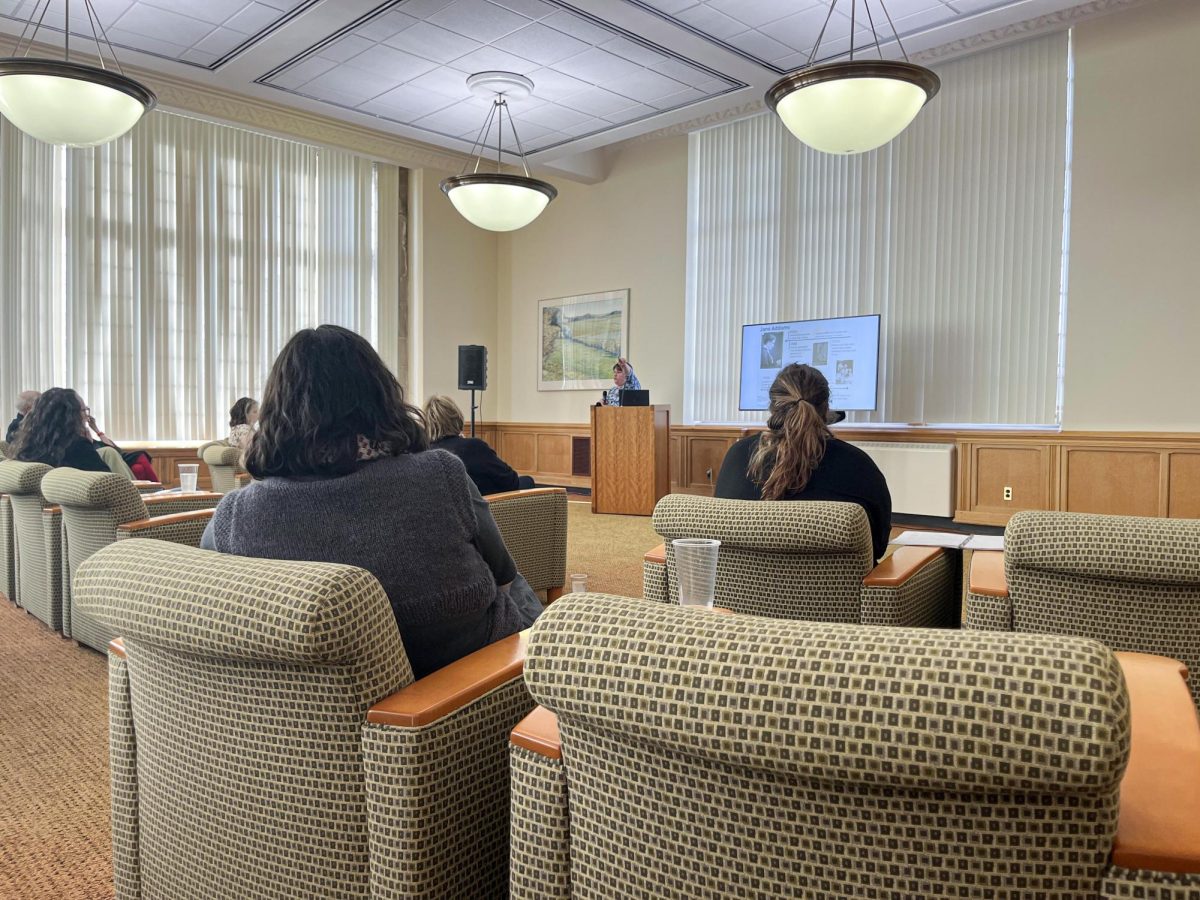


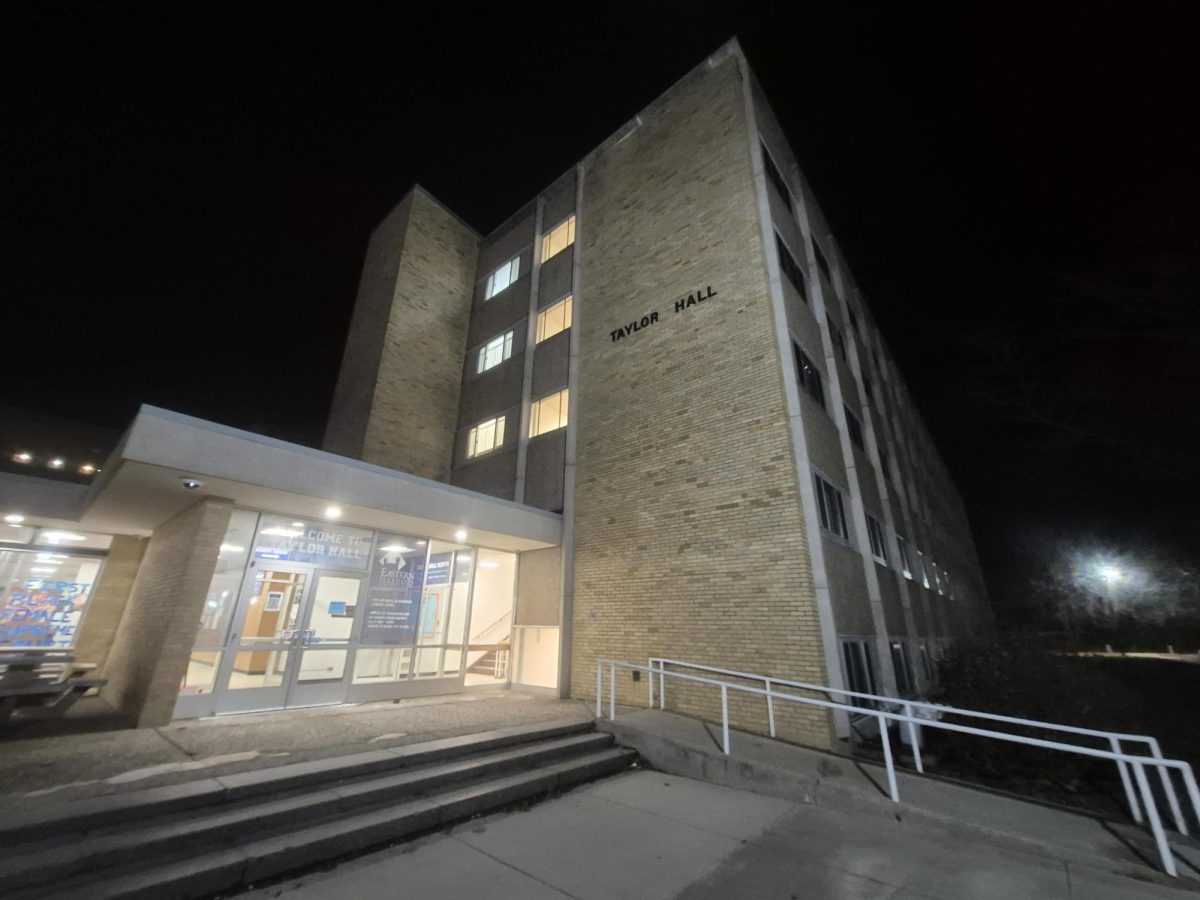



![[Thumbnail Edition] Eastern Illinois University baseball's hitting coach and recruiting coordinator Mike Pugliese urges players on the team to increase their effort after a slow start to its pregame routine at the team's first intrasquad scrimmage of the season at O'Brien Field on Jan. 31, 2025.](https://www.dailyeasternnews.com/wp-content/uploads/2025/03/BB_02_O-1-e1741909628540-1200x702.jpg)
![[Thumbnail Edition] Senior tennis player Luisa Renovales Salazar hits the tennis ball with her racket at the Darling Courts at the Eastern Illinois University campus in Charleston, ILL.](https://www.dailyeasternnews.com/wp-content/uploads/2025/03/Tennis_01_O-1-e1741807434552-1200x670.jpg)
![[Thumbnail Edition] Senior right-handed pitcher Tyler Conklin pitching in the Eastern Illinois University baseball team's intrasquad scrimmage at O'Brien Field in Charleston, Illinois on Jan. 31.](https://www.dailyeasternnews.com/wp-content/uploads/2025/03/TC_01_O-e1741567955534-1200x669.jpg)




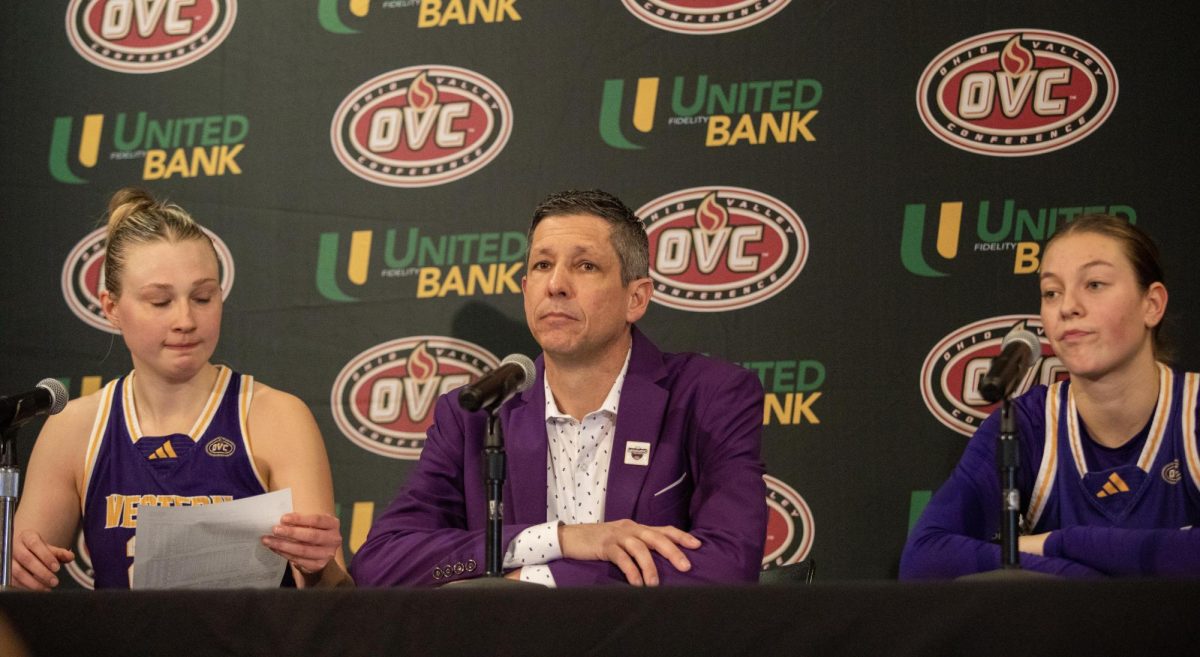
![[Thumbnail Edition] Senior, forward Macy McGlone finds an open teammate to pass the ball too during the game against the Tennessee State Tigers 69-49, in Groniger Arena on the Eastern Illinois University campus, Charleston Ill.](https://www.dailyeasternnews.com/wp-content/uploads/2025/03/WBB_02_O-1-e1741228987440-1200x692.jpg)


















![E[Thumbnail Edition] Eastern Illinois softball freshman utility player Abbi Hatton deciding to throw the softball to home plate in a fielding drill during softball practice at the field house in Groniger arena on Tuesday Feb. 11.](https://www.dailyeasternnews.com/wp-content/uploads/2025/03/SB_03_O-e1741208880750-1-e1741209739187-1200x815.jpg)















![The Weeklings lead guitarist John Merjave [Left] and guitarist Bob Burger [Right] perform "I Am the Walrus" at The Weeklings Beatles Bash concert in the Dvorak Concert Hall on Saturday.](https://www.dailyeasternnews.com/wp-content/uploads/2025/03/WL_01_O-1200x900.jpg)
![The team listens as its captain Patience Cox [Number 25] lectures to them about what's appropriate to talk about through practice during "The Wolves" on Thursday, March 6, in the Black Box Theatre in the Doudna Fine Arts Center in Charleston, Ill.](https://www.dailyeasternnews.com/wp-content/uploads/2025/03/WolvesPre-12-1200x800.jpg)


